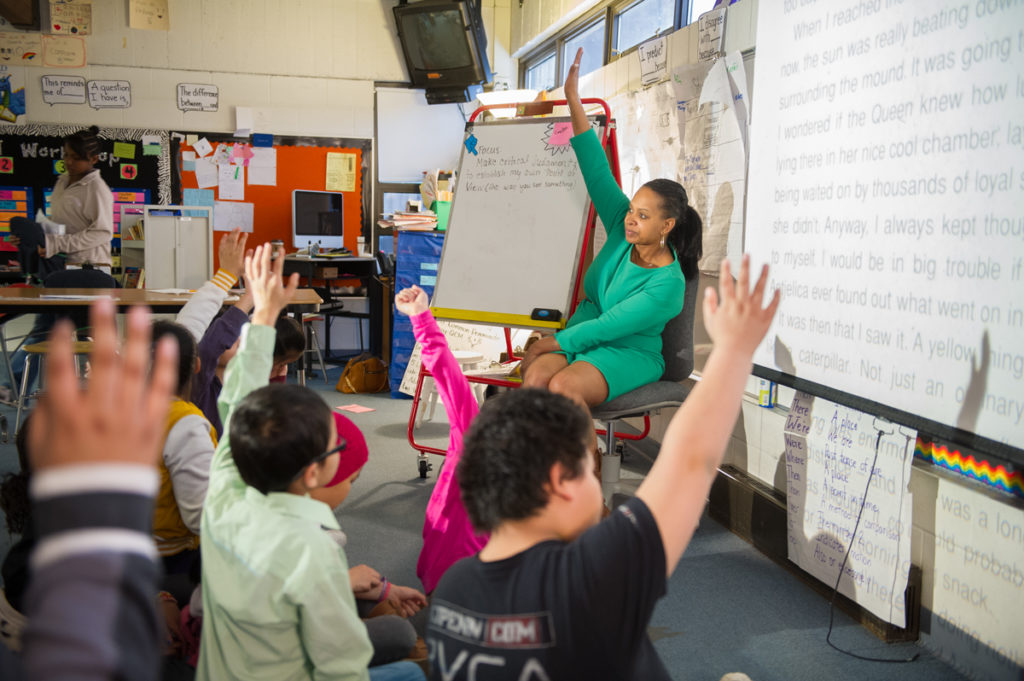
Suddenly in the last few weeks, I can’t keep enough band aids stocked in my classroom. It seems like every time I look over, I see one of my students putting a band aid on a hangnail, paper cut, or other minuscule hurt. “My eye hurts,” “my leg aches,” and “my arm is itchy” are common complaints these days. I’ve spent enough years teaching third graders to recognize that complaining about aches, pains, and injuries is a common characteristic of nine year olds. My students are getting older.
By the end of next month, my class will transition from a group of mostly 8 year olds to mostly 9 year olds. They are changing physically, emotionally, and cognitively, and with these changes come new strengths, challenges, and needs. I want to be aware of these developmental changes so that I can work with my students as effectively as possible. I find myself reaching for Yardsticks by Chip Wood often in the middle of the year, both to reassure me that these changes are common and also to inform my interactions with my class.
Nine year olds enjoy learning how things work and take pride in the details of their finished work. They are interested in the big picture, why we are doing things, and ideas of fairness and justice. This is a great time of year to get into some research projects, conduct science experiments, and spend time on more detailed products. At the same time, I also need to keep an eye on group work, as nine year olds can get caught up in arguing about rules or how the steps of an activity go. I can help with that issue by using interactive modeling or role playing to help students know what to do when they disagree. Cliques may begin to form as well, so I will continue to focus on our class community to emphasize inclusion. Humor is also needed with nines, as they can become more anxious about expectations and testing.
Although my class is getting older, my students may continue to show characteristics of eight year olds as well, even after their ninth birthdays. Development is a gradual process that varies for each child. Continued careful observation of each student is as important as noting the changes in the class community as a whole. I also want to be aware of the younger students in my class who won’t turn nine until after the school year is over—they may show younger traits than their peers.
I encourage you to reflect on these questions with me: What is the range of ages in your room? What cognitive, social, and emotional changes do you see in your class? Are certain tasks or situations becoming easier or more challenging for your students? Do they need more support in certain settings or are ready for new challenges in others? Our students are getting older, and our awareness of that fact can help us better meet their strengths and needs.